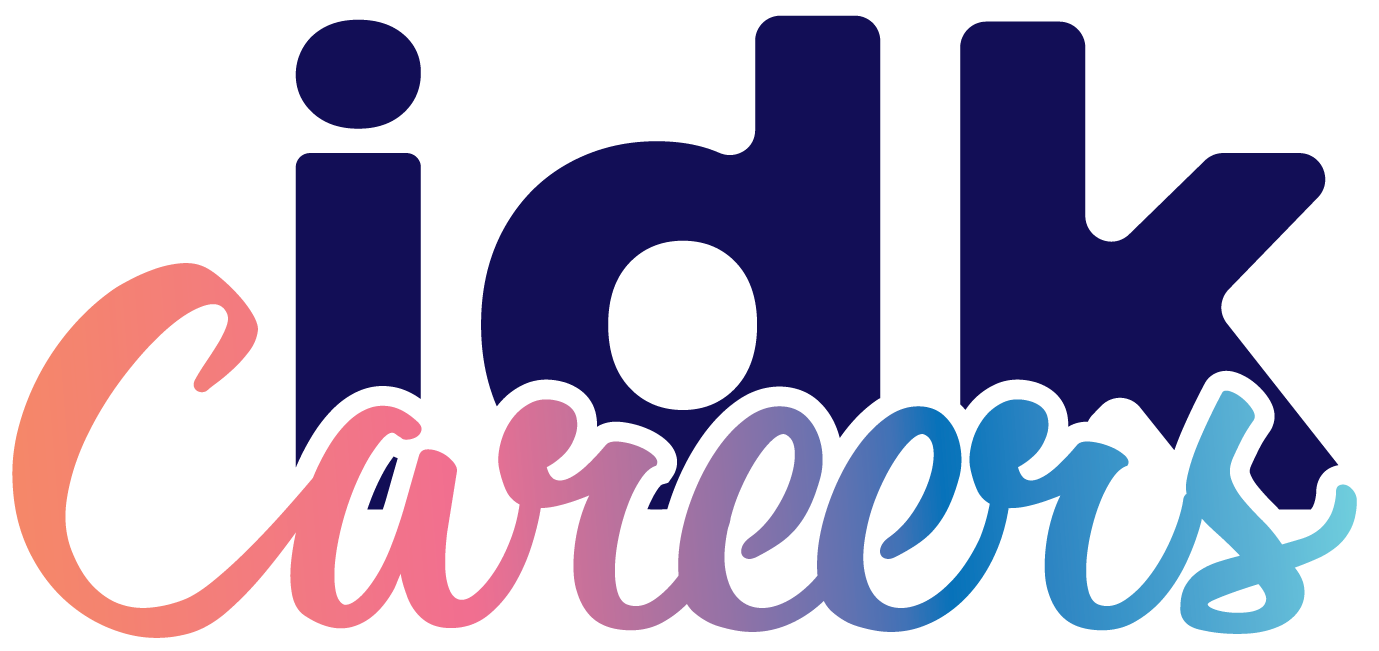Commercial Fisherman
Jon worked as a fisherman for twenty years. However, after a pretty serious injury he retired from it, and was not sure what to do next. During his time offshore he had become an expert in different species of fish, diesel engines, electronics, and metal fabrication, but he was unsure of how to apply this knowledge to something interesting onshore. Jon felt his career had stalled.












